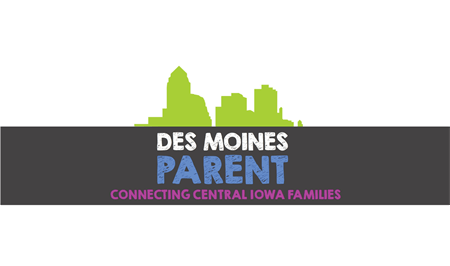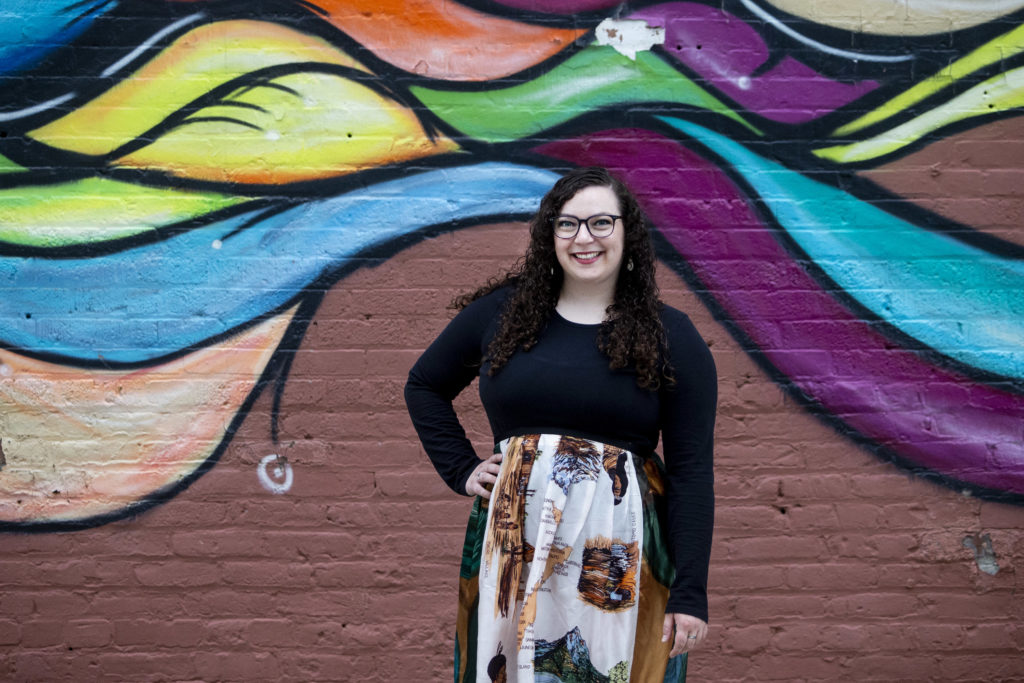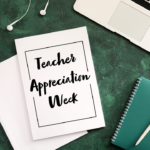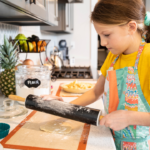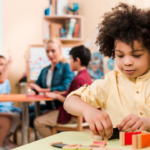Sharing is caring!
Black History Month | Kerry James Marshall Sculpture Located in Des Moines, Iowa
Hello! I am so excited to welcome you to the first of many mini-lessons here on Des Moines Parent, brought to you by me, Willow Huber of Salix Kids. I hope these lessons give you and your family fun and worthwhile things to do, talk about and learn.
For this inaugural lesson, I will be focusing on Black History Month. Specifically, a black artist who has work all over the world, including here in Des Moines. Before we get into that, I would like to go over some tips on discussing race with your children.
Background
To give you a little background, I am a white woman, who has lived the majority of her life in Iowa and Minnesota. I grew up in a small town near Cedar Rapids and went to college in Duluth, MN. All of this is to say, I did not grow up around many non-white people. This is the lens I learned about the world through. I have inherent biases and lack of experience, but like many readers here, I am always trying to learn more and get better.
So how do we as have conversations with our family about race? Especially if we don’t have a lot of diversity in our circles?
The first step is to name it.
Dr. Erin Winkler, former chair of the University of Wisconsin-Milwaukee Department of Africology, writes in her article “Children Are Not Colorblind: How Young Children Learn Race” states that research shows children as young as six months notice differences in the appearance of races on faces, and will look much longer at photos of people of races other than their own. She goes on to say children pick up puzzle pieces of reality everywhere they go. They are doing their best to fit them together, whether they are fitting in the “correct” way or not. For instance, a child might notice there aren’t any black families in their family’s social circle. Of course, this doesn’t mean that a family is a racist, there are a number of factors that could play into this. But a child who sees this and is trying to make sense of the world might infer; my parents don’t have black friends, there has to be a reason for this. Maybe it’s because black people are bad, or less than, or mean. You can see it doesn’t take a child being exposed to direct racism to start to create these stories in order to understand their environments.
Now comes how we combat this.
One tool is exposing our children to diversity regularly and naturally. Black History Month is a great time to be reminded of how we can help our children view the world with a lens of equity and love.
The following is an easy-to-use, fun lesson about black artist Kerry James Marshall.
Black History Month
Start by reminding your children this month is Black History Month, where we celebrate a specific part of American History. In the same way we celebrate Mother’s Day, it’s a special day when we give our moms extra love, but we love them every other day too. This is important. Remind your children that black history is American history, and should be thought of as such.
Introduce Kerry James Marshall
- Marshall is an artist who lives in Chicago. There he teaches and makes art. His main style is painting, but today we are going to learn about his sculpture.
- Remind your kids that Chicago is pretty close to us, it is helpful when teaching black history to make it relatable, so having Marshall living close to us should be highlighted.
- Marshall’s work depicts black people and black situations. Ask your children, do you think it is important to have black people and black stories in art? Why or why not? I know if you don’t get an answer you’re expecting from your child here it might be upsetting. Stay calm, this question isn’t to get a right or wrong answer. It is to start a conversation.
- Ask your child, do you know what a sculpture is? What other types of art do you know about? How is a sculpture different than a painting or a drawing? Here is a great video about sculptures from Sesame Street.
- Ask your child, if you were to make a sculpture about you, how would you do it? Would it look like you? Would it be made of things you like? What materials and colors would you use?
Make a sculpture!
You can use anything, big things, small things, go outside and use snow, stay inside and use Amazon boxes, color it, paint it, rip it up. There is no right or wrong way to do this!
Go see the Kerry James Marshall sculpture in Des Moines. This is again important to remind your children that black history and black experiences aren’t abstract. It is here in our community. The sculpture “A Monumental Journey” is located on the corner of Grand and 2nd Avenue in Des Moines. More information about the sculpture and its location can be found here.
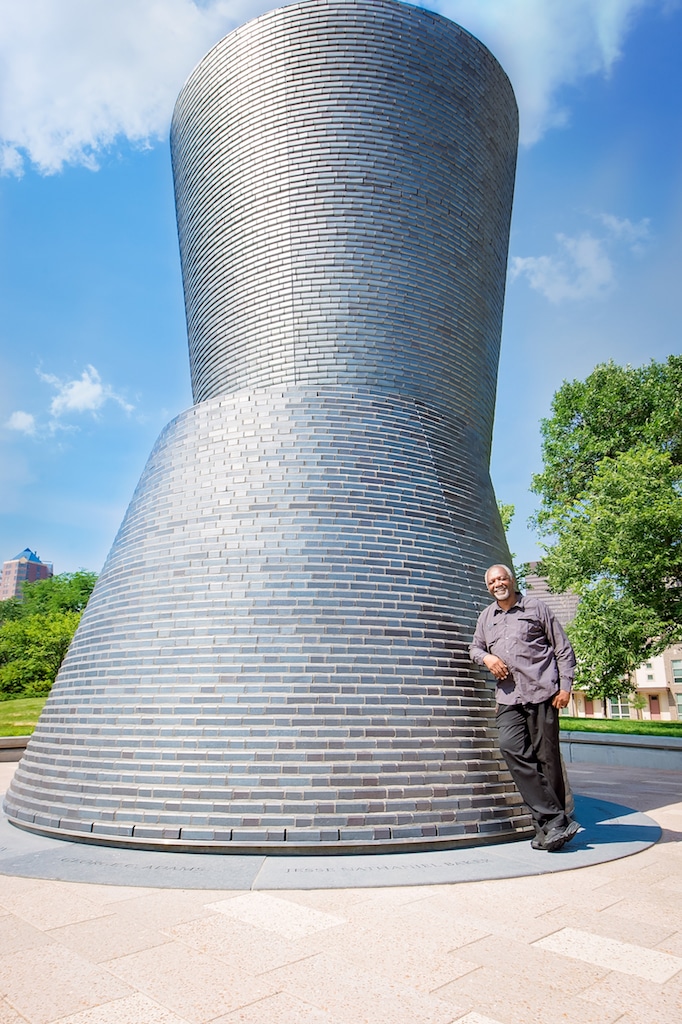
Of course, this lesson is a starting point. It doesn’t need to be followed to the letter. You know your child best, so feel free to change, add to, take out, any parts as you see fit.
Continuing Education
This doesn’t have to be the end of the lesson on Black history or sculpture. This lesson is meant to open the door for conversation. It is meant to show your children that it’s ok to talk about race, and it’s ok to make mistakes in those conversations as long as your intention is to learn and grow. The way to make these conversations stick is to bring them up again when they are relevant.
In researching this lesson I found an incredible amount of wonderful resources. I will link a few at the bottom for further reading. Happy learning!
Sources and Helpful Links
- https://nmaahc.si.edu/learn/talking-about-race
- https://nmaahc.si.edu/sites/default/files/downloads/resources/children_are_not_colorblind.pdf
- https://www.edutopia.org/article/teaching-black-history-culturally-responsive-ways
- https://en.wikipedia.org/wiki/Kerry_James_Marshall
About the Author
Willow Huber is an author, creator, teacher, and activist living in Des Moines. With an education in political science and experiential education, she strives to combine these areas to help children and families be their best selves. Helping others become kinder, smarter, and more equitably minded is her goal. More information on Willow can be found on her websites salixkids.com and etsy.com/shop/salixkids

Erin Huiatt
Erin is a reliable resource and stepping stone for women and families to find support and make connections within our community. She wants families to feel confident to reach out and ask for help and advice to get pointed in the right direction. She enjoys traveling and exploring with her two children in tow!
